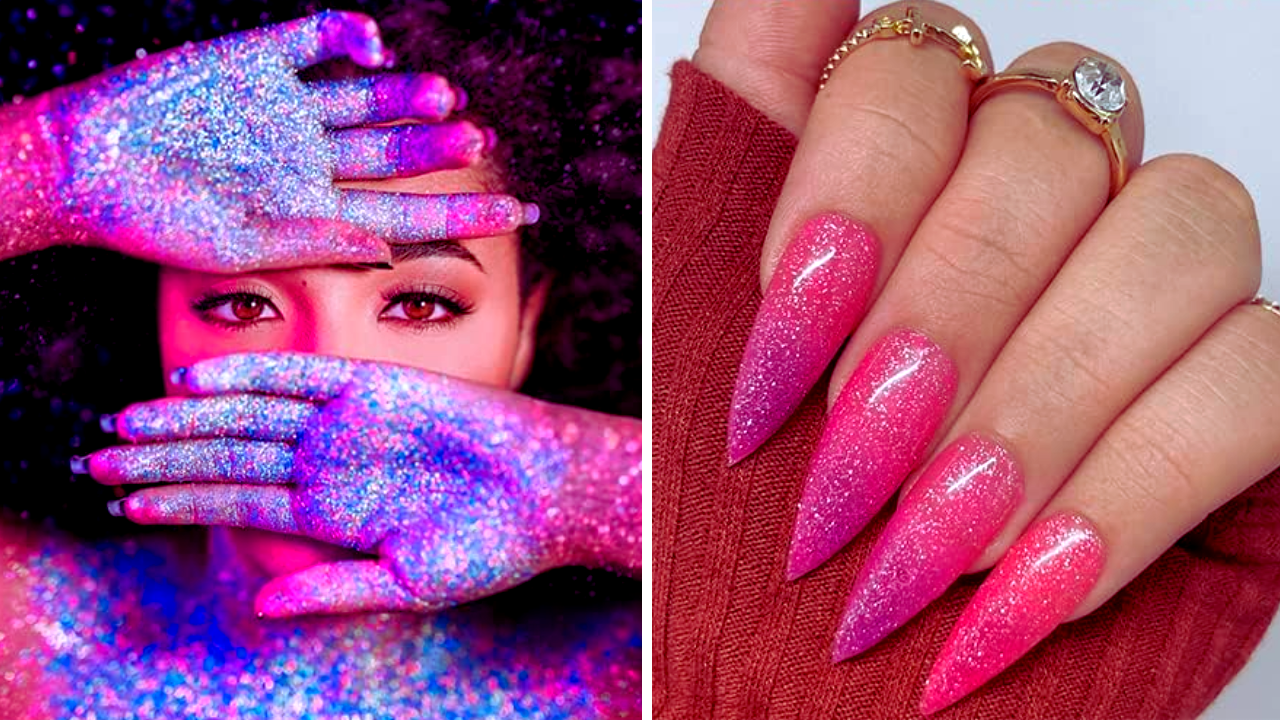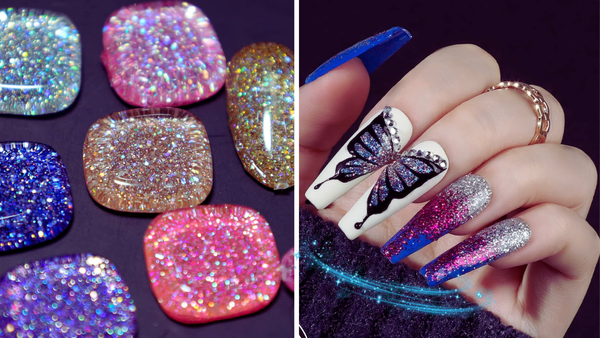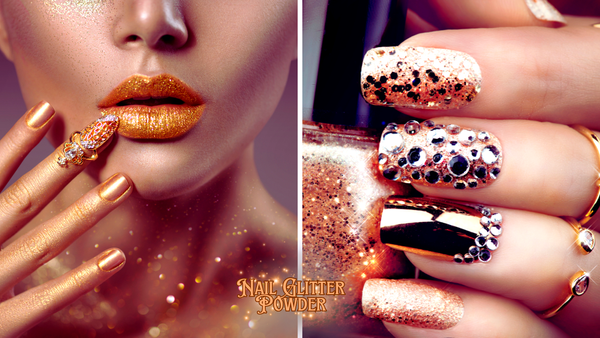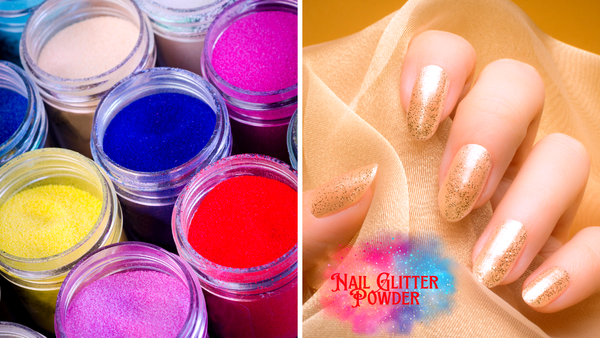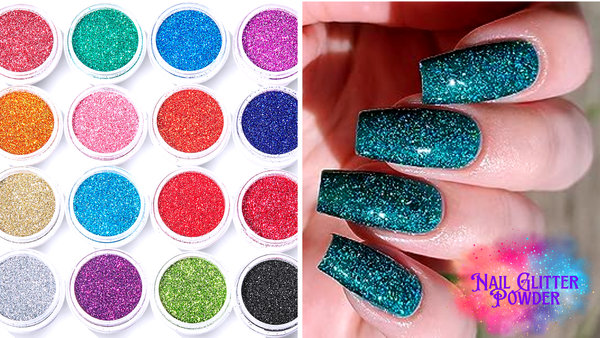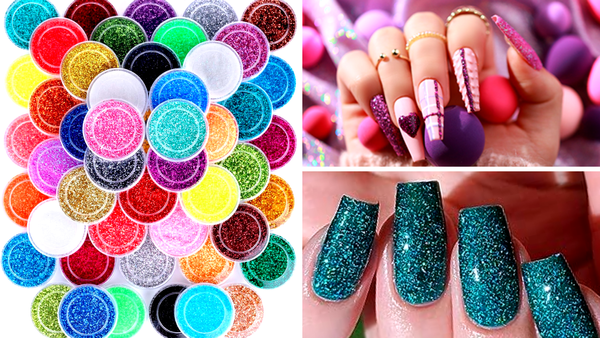Key Takeaways:
- Understanding the difference between cosmetic grade glitter and craft glitter is crucial for skin safety.
- Non-toxic glitter doesn't necessarily mean it's safe for all skin types, especially sensitive skin.
- Proper application and removal techniques can mitigate potential risks associated with nail glitter.
Glitter has become a staple in the beauty industry, especially in nail art. Its shimmering appeal can transform plain nail polish into a dazzling statement. However, the question arises: is nail glitter powder safe for the skin? This concern is particularly valid given the variety of materials used in glitter production, such as plastic, glass, and even metal.
How Does Cosmetic Grade Glitter Differ from Craft Glitter?
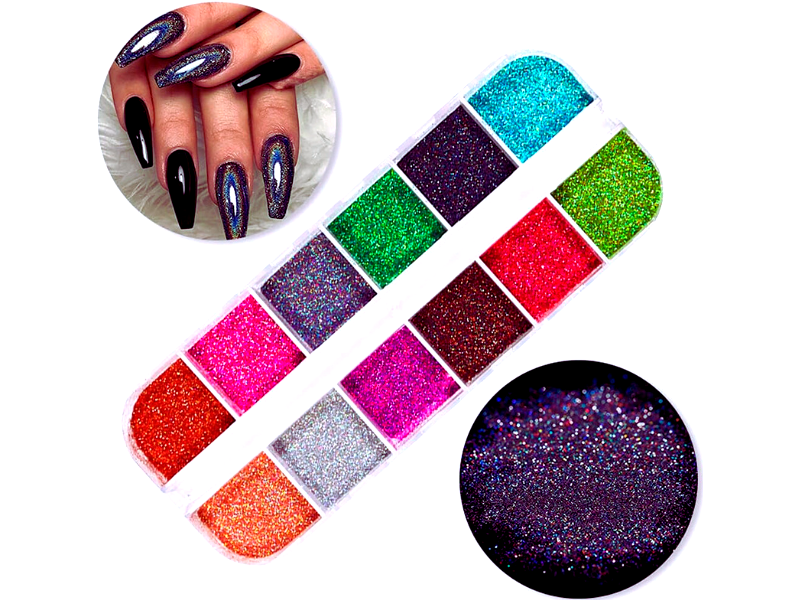
When discussing whether is nail glitter powder safe for the skin, it's crucial to distinguish between cosmetic grade glitter and craft glitter. Cosmetic glitters are specifically manufactured for use on the skin. They are typically made from plastic or polyester cut into round shapes to avoid sharp angles that could scratch or irritate the skin. This type of glitter is finely milled, ensuring a smoother application that adheres well to nail polish or acrylic makeup, providing that sparkling finish without the worry of skin harm.
On the other hand, craft glitter is a whole different ball game. Generally made from metal or glass, the edges can be rough and are not designed for safe skin contact. These glitters can easily scratch the skin or, worse, if they get into the eyes, they could hurt the cornea. Craft glitter is perfect for arts and crafts due to its diverse sizes and vibrant colors, but it's a risky choice for personal cosmetic use. Always check the packaging to ensure you're using the right type of glitter for your beauty routines.
The Versatility of Cosmetic Grade Glitter in Nail Polish
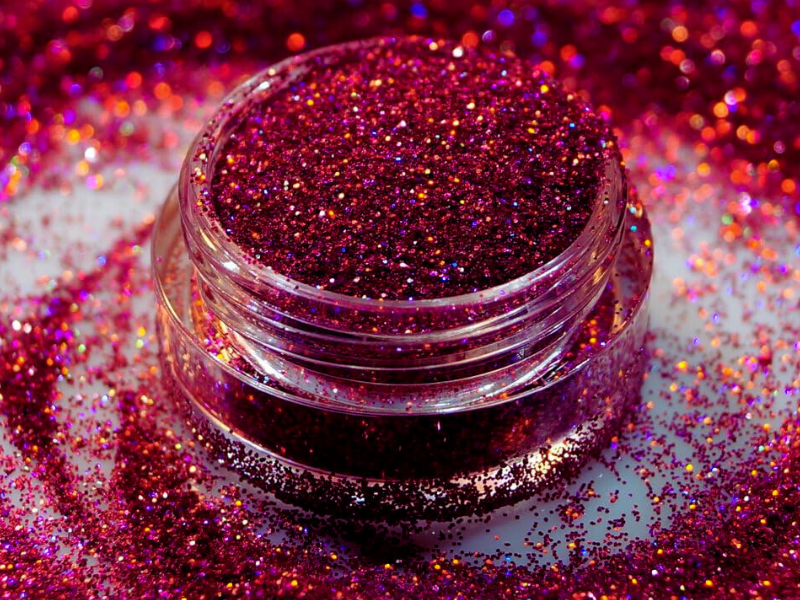
Cosmetic-grade glitter, often used in nail polish, is a game-changer for those who love a bit of sparkle. Unlike craft glitter, which can be made from metal or glass, cosmetic glitter is typically crafted from plastic or polyester, materials that are light and less likely to irritate. This makes it a safe choice for nail polish, as it minimizes the risk of scratching the nail or harming the skin around it. Companies specializing in cosmetic products rigorously test these glitters to ensure they pass safety standards and are non-toxic.
The allure of using cosmetic-grade glitter in nail polish isn't just about safety; it's also about aesthetics. This type of glitter can be finely milled to produce a smooth, even application that catches the light beautifully. Whether it's a subtle shimmer or a bold, eye-catching sparkle, cosmetic-grade glitter adds a dimension of depth and glamour to any nail polish. This versatility makes it a staple in the beauty industry, constantly pushing the boundaries of how nail polish can enhance personal style.
Understanding the Material and Packaging of Cosmetic Glitters
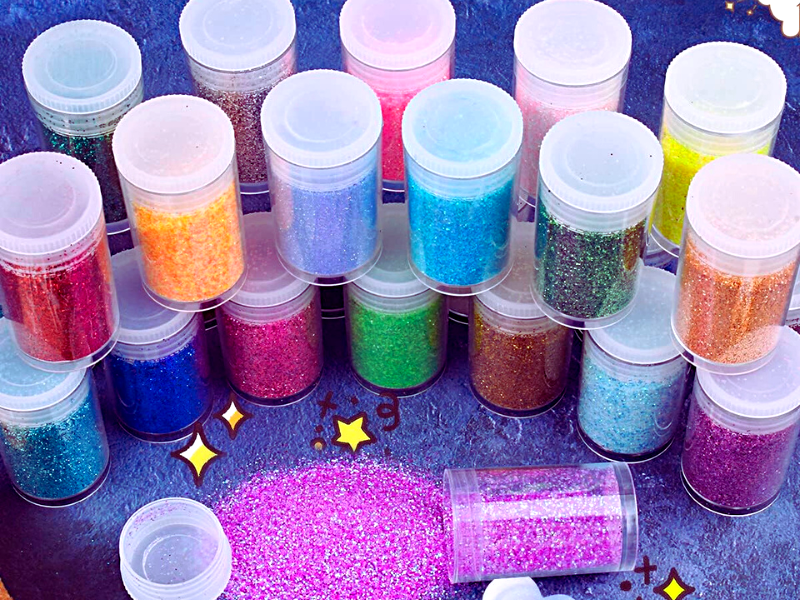
When choosing cosmetic glitters, it's crucial to consider both the material and the packaging. Most cosmetic glitters are made from polyester, a material that's not only light and flexible but also resistant to rust and corrosion. This makes polyester glitter a durable option for makeup products, including nail polish and acrylic makeup. Its resilience ensures that the glitter won't degrade or lose its sparkle over time, maintaining the integrity of the cosmetic product.
Packaging is another vital aspect of cosmetic glitters. Quality packaging ensures that the glitter is kept free from contaminants and is easy to dispense without wastage. Many companies use secure, airtight containers that protect the glitter from moisture and air exposure, prolonging its shelf life and maintaining its quality. This attention to detail in packaging not only preserves the glitter but also makes it easier for consumers to use, ensuring a mess-free application every time.
What Are the Safety Standards for Cosmetic Glitters?
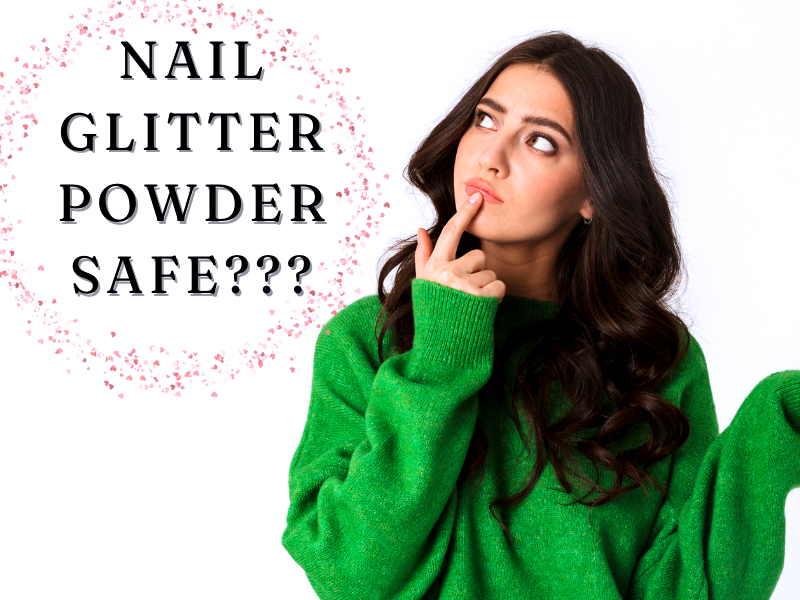
Cosmetic glitters, including those used in nail glitter powder, must adhere to stringent safety standards to be deemed non-toxic and safe for skin use. Companies producing these glitters for cosmetic purposes undergo rigorous testing to ensure that their products are free from harmful chemicals and safe for human use. This includes ensuring that the glitter is non-toxic and that the materials used do not cause adverse reactions on sensitive skin or when they come into contact with the eyes.
Moreover, the packaging of these cosmetic glitters is also designed with safety in mind. Unlike the simpler containers used for craft glitter, cosmetic glitter containers are often equipped with secure, easy-to-use dispensers that minimize the risk of accidental spills or inhalation. This attention to detail ensures that the application is not only safe but also a breeze. Whether you're a professional makeup artist or a nail art enthusiast, using cosmetic grade glitter from reputable companies can pass on peace of mind along with sparkling beauty.
Summary
Nail glitter can be safe for skin use, provided it is cosmetic grade and applied correctly. Always check for the "cosmetic grade" label to avoid the risks associated with non-cosmetic glitters, such as craft glitter. For sensitive skin, taking extra precautions and conducting a patch test can help ensure a safe and enjoyable experience with glitter nail products.
FAQ
Can I use any type of glitter for my nails?
No, only use cosmetic-grade glitter for nails, as it is designed to be safe for skin contact and minimize irritation.
What should I do if glitter irritates my skin?
Remove the glitter immediately and cleanse the area with mild soap and water. If irritation persists, consult a healthcare professional.
Is there a safe way to remove glitter nail polish?
Yes, use a gentle nail polish remover and apply it with a soft cotton pad. Avoid harsh scrubbing to protect the skin around your nails.
